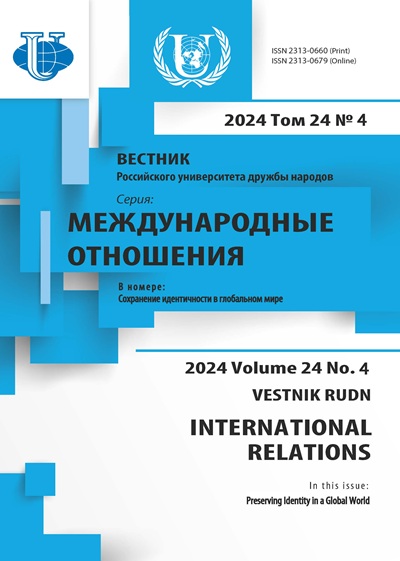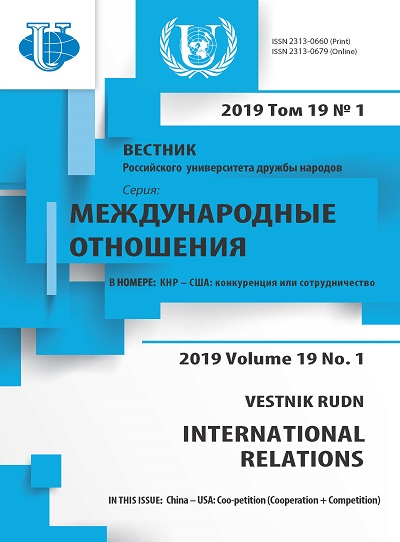Abstract
In summer 2018 the United States launched a trade war against China. Before that, there was a chance that both sides would find a compromise, some hopes were still in place during bilaterial negotiations in May. However, new US tariffs on import from China were imposed in July and August with the total of $50 billion. Beijing responded proportionally. September brought another round of US tariffs worth $200 billion. The successful economic growth of China leads to the transformation of the world economic space, where the leading positions are still occupied by the countries of the West. The new US administration, fearing economic competition, announced a policy of containing China. In this case, Washington is going to violate the existing rules of international trade. The tension in the economic relations of the United States and China is growing. The authors look into the history, ideology and details of the conflict between two major powerhouses of the global economy. They try to investigate how both countries will be affected by the emerging trade war, which is also challenging the whole system of international trade regulation. Besides, the conflict between Washington and Beijing is understood as a fundamental shift in the world economy and politics where rising powers take the lead in globalization. For the first time in the history of Sino-American relations economic tensions between the two sides have reached such a scale. Analysis of their consequences far exceeds the standard methods of assessment of trade policy measures.











